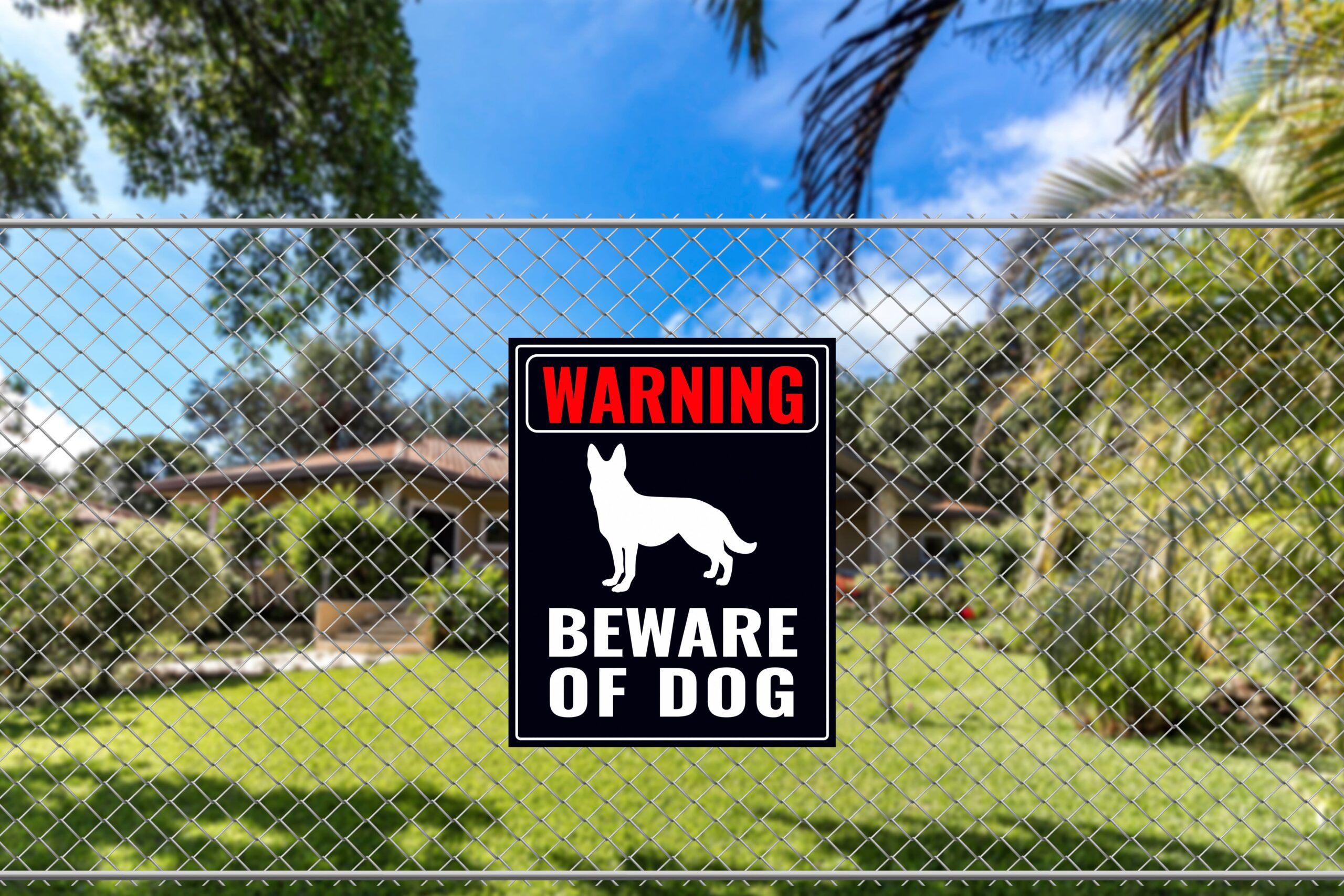Comparative fault is a legal concept that affects how compensation is distributed in personal injury cases. It allows multiple parties to share the responsibility for an accident based on their level of fault.
In California, this system plays a crucial role in determining how much a plaintiff can recover, even if they are partially to blame for their own injuries.
California Personal Injury Stats
| Statistic | Value | Description |
|---|---|---|
| Annual Personal Injury Cases | 400,000+ | Total number of personal injury cases filed each year in California. |
| Car Accident Claims | 50%+ | Percentage of personal injury claims resulting from car accidents. |
| Average Settlement | $15,000 – $70,000 | Typical settlement range for personal injury cases in California. |
| Slip and Fall Cases | 15% | Percentage of personal injury claims due to slip and fall incidents. |
| Medical Malpractice Cases | 5-10% | Percentage of personal injury cases involving medical malpractice. |
| Medical Malpractice Payout | $400,000 | Average payout for medical malpractice cases in California. |
| Comparative Fault Rule | 99% | Maximum fault a plaintiff can have and still recover damages. |
| Impact of Legal Representation | 3.5x | Increase in compensation when represented by a lawyer compared to self-representation. |
| Statute of Limitations | 2 years | Time limit for filing a personal injury claim in California. |
Understanding Comparative Fault in California
Comparative fault in California is governed by a specific set of rules that differ from many other states.
It is designed to ensure that each party involved in an accident or injury case is held accountable for their share of the responsibility.
Definition and Explanation of Comparative Fault
Comparative fault, sometimes referred to as comparative negligence, determines how liability is shared among parties involved in an accident.
In California, the law follows a “pure comparative fault” system, meaning that a person can still receive compensation even if they are 99% at fault.
The key factor is that the amount of compensation will be reduced by their percentage of fault.
This system is distinct from the “modified comparative fault” systems used in other states, where you may be barred from recovery if your fault exceeds a certain threshold.
Importance of Comparative Fault in Personal Injury Cases
Comparative fault is particularly important in personal injury cases because it directly affects how much a plaintiff can recover.
If a person is partially responsible for their own injuries, they may still claim compensation, but it will be adjusted according to their level of fault.
This is crucial in cases like car accidents or slip and falls, where multiple factors and parties contribute to the incident.
Without understanding comparative fault, plaintiffs might underestimate their rights or the potential compensation they could receive.
Comparison with Contributory Negligence
Contributory negligence is much stricter compared to comparative fault.
Under contributory negligence, if you are even 1% at fault for an accident, you cannot recover any damages.
This rule is still in place in a few states but has been largely replaced by comparative fault systems like California’s.
The main reason for this change is that contributory negligence can lead to harsh outcomes, denying plaintiffs any recovery for relatively minor mistakes.
In contrast, California’s comparative fault system allows for a more balanced approach, ensuring that a plaintiff’s minor fault does not eliminate their chance of receiving compensation.
Application of Comparative Fault in California Law
In California, the comparative fault rule applies broadly to many types of personal injury cases, including car accidents, medical malpractice, and premises liability.
Courts look at the specific circumstances of each case to determine the percentage of fault attributable to each party. This percentage then directly influences the amount of damages awarded.
For example, in a car accident case where both drivers are found partially at fault, the court will assign a percentage of fault to each driver based on their actions.
This rule also applies in product liability cases, where manufacturers and consumers may share responsibility for an injury.
California’s Pure Comparative Fault System
Pure comparative fault means that a person can still recover compensation for damages regardless of how much they were at fault for an accident.
This is true even if they are 99% at fault. However, the total amount they can receive will be reduced according to their percentage of fault.
For example, if a court awards $50,000 in damages but finds the plaintiff 60% responsible, they would receive only $20,000.
This system ensures that everyone involved in an accident is held accountable for their actions, no matter how minor or severe their contribution to the incident might be.
How Fault Is Determined and Distributed
Determining fault in personal injury cases involves a careful analysis of each party’s actions and their contribution to the accident.
This process is crucial, as the percentage of fault assigned to each party directly impacts the compensation they can receive.
The court follows a systematic approach to evaluate the evidence and assign responsibility.
- Reviewing Evidence
- Analyzing Conduct
- Assigning Fault Percentages
- Calculating Damages
- Comparative Fault Application
By following this structured process, the court ensures that fault is distributed fairly among all parties involved.
Implications for Plaintiffs and Defendants
For plaintiffs, the pure comparative fault system offers a significant advantage: they can still recover some compensation even if they bear most of the blame.
This is not the case in states with modified comparative fault systems, where a plaintiff may be completely barred from recovery if their fault exceeds 50%.
For defendants, however, this system can mean that they are liable for damages even if their contribution to the accident was relatively small.
This sometimes leads to disputes and longer litigation, as parties argue over fault percentages to minimize their financial responsibility.
Role of Insurance Companies in Comparative Fault Cases
Insurance companies play a critical role in comparative fault cases. They often conduct their own investigations to determine how much their client is at fault.
Their findings can significantly influence settlement offers and negotiations.
In many cases, insurance companies will try to assign a higher percentage of fault to the plaintiff to reduce the payout.
It is important for individuals involved in an accident to present strong evidence and argue effectively against the insurer’s fault assessment.
For this reason, having legal assistance can be crucial in ensuring that the insurance company does not unfairly reduce the compensation.
Calculating Damages Under Pure Comparative Fault
Calculating damages under the pure comparative fault system involves multiplying the total amount of damages by the plaintiff’s percentage of fault.
For example, if the court determines that the total damages are $100,000 and the plaintiff is 40% at fault, they would receive $60,000.
This formula is straightforward but can become complicated when there are multiple parties and different types of damages involved, such as medical expenses, lost wages, and pain and suffering.
Each type of damage needs to be evaluated separately, and the final amount is adjusted according to the fault percentage.
Determining and Proving Fault
Determining fault in personal injury cases is crucial, as it directly impacts the compensation a plaintiff can receive.
The process involves examining the actions of all parties involved and assigning a percentage of responsibility based on their contributions to the incident.
How Fault Is Determined in Court
Courts determine fault by evaluating the actions of each party involved in the accident.
The judge or jury will consider factors such as adherence to traffic laws or safety protocols and then assign a percentage of fault to each party.
For example, in a car accident involving multiple drivers, the court may find one driver primarily responsible but assign smaller percentages of fault to others if they contributed to the incident.
This ensures that each party is held accountable for their role in the accident.
Role of Evidence in Establishing Fault
Evidence is vital in proving fault and can include witness testimony, photographs, video footage, police reports, and medical records.
In a car accident, dashcam footage showing a driver running a red light can be decisive.
In a slip and fall case, photos of a hazardous condition without warning signs can establish negligence.
The quality and reliability of the evidence presented significantly influence the court’s decision on fault allocation.
Witness Testimony and Its Impact
Witness testimony provides an independent perspective on the events leading up to the accident.
Reliable witnesses can support claims by describing what they saw or heard.
For instance, a witness who saw a driver texting before a collision can substantiate claims of distracted driving.
However, inconsistent or biased testimony can undermine a case, so evaluating witness credibility is essential.
Use of Professional Opinions in Proving Fault
In complex cases, professional opinions can clarify technical issues.
For instance, in a medical malpractice case, a medical professional may testify about the standard of care and how it was breached.
Similarly, in a product liability case, an engineer might explain how a defect contributed to an injury.
Testimony can be influential, helping the court understand complicated aspects of the case and establish fault.
Comparative Fault in Cases with Multiple Defendants
When multiple defendants are involved, the court must determine the degree of fault for each.
For example, in a construction accident, both the contractor and equipment manufacturer may share responsibility—one for safety violations and the other for faulty machinery.
Each defendant’s liability is calculated based on their specific contribution to the incident, affecting the final compensation distribution.
Importance of Police Reports and Medical Records
Police reports and medical records are critical in proving fault.
A police report may contain an officer’s initial assessment of fault, while medical records document the injuries sustained and their cause.
Together, these records provide a factual basis for establishing a link between the accident and the injuries, supporting the plaintiff’s claims of negligence.
Legal Standards for Proving Fault in California
Establishing fault in California personal injury cases requires meeting specific legal standards. Understanding these standards is essential for anyone seeking compensation after an accident.
The primary requirement is that the plaintiff must prove that the defendant’s actions more likely than not caused their injury.
This standard, known as the “preponderance of the evidence,” is less stringent than the criminal standard of “beyond a reasonable doubt,” but still demands convincing and credible evidence.
Key elements to consider when proving fault include:
- Duty of Care
- Breach of Duty
- Causation
- Damages
- Comparative Fault
By understanding and meeting these standards, plaintiffs can strengthen their case and increase their chances of recovering the compensation they deserve.
Meeting the preponderance of the evidence standard is crucial, and presenting strong, credible evidence is the best way to achieve this.
Get Help from Pyramid Legal
If you’re dealing with a personal injury case in California, understanding comparative fault can be complex and challenging.
For personalized guidance and support, reach out to Pyramid Legal, your trusted Pasadena personal injury attorney.
Call us today at (818) 814-8070 to discuss your case and ensure your rights are protected.








